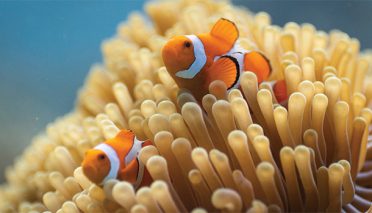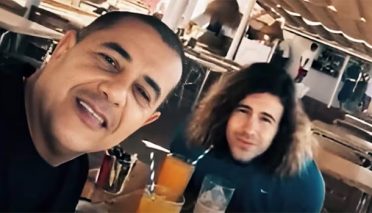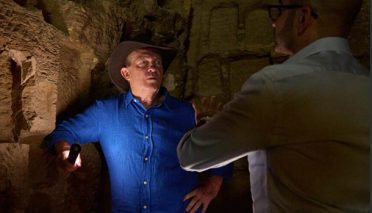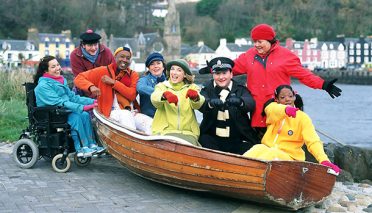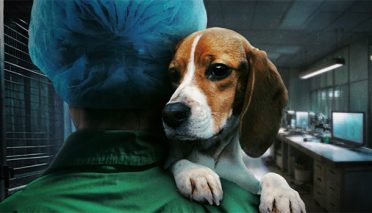Canal 4 and Teleamazonas’ partnership to produce an Ecuadorian version of quizshow Still Standing as far away as Uruguay reflect broadcast TV’s search for efficiencies and agility in a challenging environment.
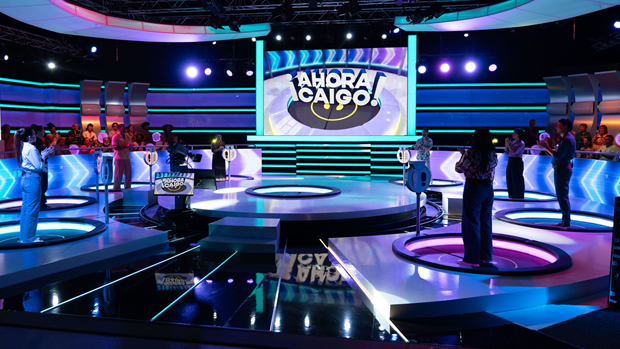
Ecuador’s ¡Ahora caigo! was filmed at Canal 4s studio in Montevideo
Adapting formats in hubs is nothing new, but the idea of an Ecuadorian programme being filmed all the way down in Uruguay might have seemed unthinkable just a few years ago.
Nevertheless, that’s what’s happened with the Ecuadorian version of gameshow Still Standing, which has been filmed for two seasons at the facilities of Uruguayan broadcaster Canal 4 in Montevideo.
The adaptation was a ratings success when it aired on Ecuador’s Teleamazonas in March last year as ¡Ahora caigo! (Now I Fall). The format originated at Israel’s Armoza Formats and is distributed worldwide by ITV Studios.
The Ecuadorian channel quickly decided to repeat the process and a second season arrived this March, running to 72 new episodes – 12 more than S1.
Teleamazonas’ production manager María del Carmen Arellano explains that in November 2023 the broadcaster began a national primetime programming initiative focusing on entertainment and including format adaptations.
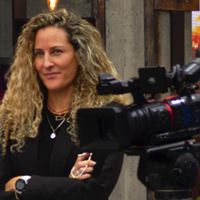
María del Carmen Arellano
In the past, the channel has adapted shows such as Expedición Robinson (Banijay), Sorpresa y media (ITV Studios), Popstars (Banijay), Pequeños gigantes (Televisa), La Voz/The Voice (ITV Studios) and Family Feud (Fremantle).
Currently, it alternates in primetime throughout the year between ¡Ahora caigo!, Yo me llamo (Banijay) and MasterChef (Banijay) – the latter two being produced at a hub in Colombia.
That this happens between two neighbouring countries like Ecuador and Colombia seems natural, but when it involves two territories whose capitals are 4,000km apart – further than Madrid is from Moscow or Portugal from Kazakhstan – there are challenges.
Perhaps the main one is the current state of broadcast TV, with declining advertising investment forcing a search for efficiencies.
“Today, the mainstream is suffering and revenue isn’t the same. So to find these efficiencies and continue producing, you have to find new solutions,” says Matías Garay, head of projects at Canal 4. “A country should no longer think about doing everything on its own.”
In 2022, Uruguay’s Canal 4 became the first broadcaster in Latin America to adapt Still Standing, a quizshow based on general knowledge in which an incorrect answer not only means elimination but also causes the contestant to fall through a trapdoor that opens at their feet.
This required the construction of a 60-ton set and extensive safety systems to prevent injuries to participants. Since then, the channel has produced nearly 400 episodes for Uruguay, with a new season premiering in March.
At the same time, it offered the set as a hub where the format could be adapted for the rest of the region. This strategy led to the production of nearly 400 additional episodes for clients such as Teleamazonas and Hispanic channel UniMás (TelevisaUnivision).
“Taking advantage of the know-how we acquired with our own version and having the facilities already ready, we began talking with our strategic partners and discovered that they could come here to make their version of ¡Ahora caigo! as well,” says Canal 4 programming director Mariano Mosca.
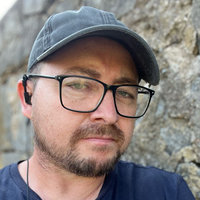
Matías Garay
The format’s set was built on a previously unused area of the channel’s facilities, allowing it to be set up year-round.
“We currently have the capacity to produce between two and three episodes per day. And if we added more production shifts, it could be even more,” explains Garay, adding that a team of 80 works almost constantly on the various versions of the show.
In the case of Teleamazonas, Arellano says, the hourly cost of production in Uruguay is similar to that of Ecuador but the partnership saves it the initial investment of having to build a set as specific as that.
“We normally make many franchise programmes, but we produce them locally. We saw an opportunity in this case, because the studio was already set up, equipped and operating with an expert team. This opportunity presented itself, and we took a chance on a first season,” says Garay.
Another compelling reason for the partnership to work was the cash rebate Uruguay offers, which, in addition to fiction, includes entertainment and returns between 20% and 25% of the expenses incurred in the country.
That’s why, in addition to the set and all the technical equipment, Canal 4 also handles all the formalities with the Uruguayan government, including flights and accommodations for the contestants, who travel to Uruguay for the filming.
To make this meaningful, the version produced in Uruguay features an innovation in the format: instead of different contestants each day, it is broadcast in a tournament format with the same contestants on air for two weeks but recorded in one.
“That logic was something we created at Canal 4 together with ITV Studios and the original creators of the format to give it a new lease of life and be more efficient,” Garay explains.
Under this arrangement, Ecuadorian contestants travel to Uruguay for a week, where they record two episodes each day. In addition to working logistically and achieving the desired efficiency, the reworking also benefits the show’s ratings, according to Channel 4 and Teleamazonas.
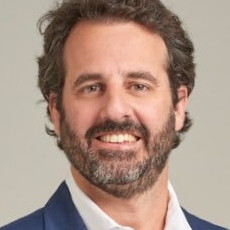
Mariano Mosca
“In the territories that are broadcasting this format, we’ve already seen that people get hooked throughout the two weeks, and that on Friday, when the championship ends, there are peak viewership numbers,” Mosca points out, explaining that this format generates “soap opera-like” narratives.
“The audience at home becomes familiar with the contestants, something that wouldn’t happen if you did a standalone show. You get to know the contestants day by day and you grow attached – or not, because there are villains, protagonists, and antagonists,” Arellano agrees.
As a result, Canal 4 has decided that its next season of the show for Uruguay will also feature this tweak to the format.
The flexibility to air the show is perhaps the third compelling reason for alliances of this type, which, according to Canal 4 executives, will become increasingly common as different channels specialise in different types of formats.
“We’re fortunate to be a channel, which gives us the need to have our screens with innovative and creative offerings, in addition to producing. Having those two aspects makes you a specialist in something,” Mosca explains.
“I also explore other hubs for format specialists as a channel. It’s a collaborative and common-sense thing; it often doesn’t make sense to create a huge set for a show I don’t know will work for me. It’s a huge barrier to entry for programmers, which is solved by hubs that are very efficient and quick to make the decision to open a casting call and start filming.”




